Pro audio cables require durability due to frequent plugging and unplugging. During their use, they come into constant contact with twisting, stepping, and tugging.
In addition, wires are susceptible to outside interference, particularly when they are transmitting signals over great distances. Two gates and a ground are important parts of a strong structure. They are similar to TRS cables. These components are necessary for reducing noise.
TRS cables, however, come in different quality levels and have a big influence on signal flow and recorded audio. Thus, before making a purchase, make sure you know enough about TRS cables.
What is a TRS cables?
The term "Tip Ring Sleeve," or TRS, explains the components of the jack plug that connect to various conductors. Imagine a headphone, also called an insert cable, to grasp the basics of TRS cables.
A conventional guitar cable contains two conductors, whereas a TRS cables has three. The TS jack is the name for the top jack plug, and the TS acronym stands for Top Sleeve cable for the guitar cable. The sleeve consists of a long metal shaft and a sharp metal tip.
The insulator, a black band, keeps two sections of the jack from shorting out. If a device needs TRS cables, it shows that the application requires a third wire. A TRS cable has a TRS jack on both ends. There is a variation, though, called TRS Y cable.
What is the purpose of a TRS cables?
The TRS cable is versatile, connecting stereo signals and also used for balanced, mono motions between devices.
TRS cable has two functions. A single cable transmits two audio signals plus a ground signal. The two indications, depending on how they attach to the machinery, can be either hot or cold.
The mono TRS cable is stable when connected to the left sound. However, it becomes imbalanced when connected to the right audio.
TRS cables plug diameters vary
The cable features a quarter-inch jack, a 3.5mm socket, and several plug sizes.
The Half-inch Jack:
Measure the outer diameter of the Quarter-inch Jack at the quarter sleeve. Even though the connector is outdated, it nevertheless has its uses today. They first used the quarter-inch jack in the 19th century.
The 3.5-millimeter jack:
In the 1950s, this connector gained popularity. The Walkman, one of the first radios, is compatible with the 3.5 millimeter jack. They don't have an external speaker, so you'll need to connect the jack to one.
The 3.5mm connector properly sends stereo audio signals. Moreover, it guarantees playback, volume, and calls on particular laptops and mobile devices.
How Does TS Cable Differ from TRS Cables?

TRS cable and connection
TRS cables can use both stereo and single steady signals. Three cables with a pair of rings insulating them make up TRS transmissions. The shell connects to the ground, the apex sends audio, and inside is another wire - the second wire.
Can you use a TS cable like a TRS cable?
You occasionally can. The output is smaller, though, which raises the possibility of noise blockages.
The cables do not send stereo signals because the circle of TS shorts connects to ground.
The cable and TS connection
Musicians use TS cable to connect keyboards and guitars, as it is essential for mono unbalanced transmissions. They have two conductors separated by insulation; the casing is the ground line and the apex carries audio signals.
Can you use a TRS cable instead of a TS connection?
An unsteady signal will result from using TRS cables instead of TS cables.
What makes the TS and TRS cables?
What makes TRS cables?
Copper material lines and a polyvinyl chloride shell compose them. There are two signal lines and a ground wire on the cables.
What makes TS Cables?
TRS cables have copper wire lines and a polyvinyl chloride housing, similar to them. They only have the ground and one contact line.
A comparative analysis of TRS cables and XLR cables
There are a number of distinctions and similarities between XLR and TRS cables.
What are the similarities between TRS cables and XLR audio cables?
The connection method determines the combined capacity of the two cables.
The three connector lines on both XLR and TRS cables.
In the event that the two are solid connectors, they can transmit hot and ground signals.
What's the difference between TRS cables and XLR audio cables?
Unlike TRS cables, which cannot lock, XLR cables may.
People sometimes use XLR cables for microphones, while they use TRS slots for both interior and exterior line components. However, the majority of appliances which employ XLR cables have XLRs attached to them.
XLR cables are not the best for applications, but they are essential for transmitting reliable connections, unlike TRS cables.
Custom TRS Cables: What You Need To Know When Customized

Constructing the TRS Cables
Building RS cables is not too difficult, but it does require the right knowledge and supplies. You must make sure you purchase the appropriate items and adhere to the guidelines. In the market, you will encounter materials of lower grade. As a result, you should only buy from a top-notch supplier of personalized products.
Supplies needed to assemble the TRS cable
- Examiners
- a drill or screwdriver
- iron soldering
- cutting sides
- Razor blades or wire strippers
The Six-Step Process for Constructing a Customized TRS Cables
1. Cut the wire to the desired length:
You need a side cutter to cut the cable to the length you have in mind.
2. Remove the cable:
Use a wire stripper to strip the cable after it is the length you want. Three connectors are present: a black line for cold, a silver line for ground, and a white line for hot.
3. Remove the shield:
You can remove the cable shield with a screwdriver. Next, slide the shield into the cable.
4. Put the XLR connector back together
Use a screwdriver to tighten the XLR connector after making sure it clocks in tightly.
5. Attach the TRS plug
After that, you will attach the TRS connector. Remove the back sleeve, place it over the cable, and pull the wires apart. As the pin is typically very hot, you should take great caution when separating.
6. Join the TRS cables
Now, using the soldering iron, solder the TRS cable. Use the test instrument to make sure the wire is functioning properly after soldering it.
Conclusion
Despite the fact that many people are unable to tell the difference between TS and TRS cables, there is one. TRS cables provide a reliable connection.
Audio wires greatly influence sound quality. To get the results you want from your studio, make good choices and do each step correctly. As a result, you need to choose the TRS cables carefully.
Choosing the right TRS cable can greatly impact your music, despite it seeming insignificant. But knowing which wires to use as well as when to utilize them involves background knowledge, which may be difficult for some people. This article will give you a quick, basic understanding of TRS cables.




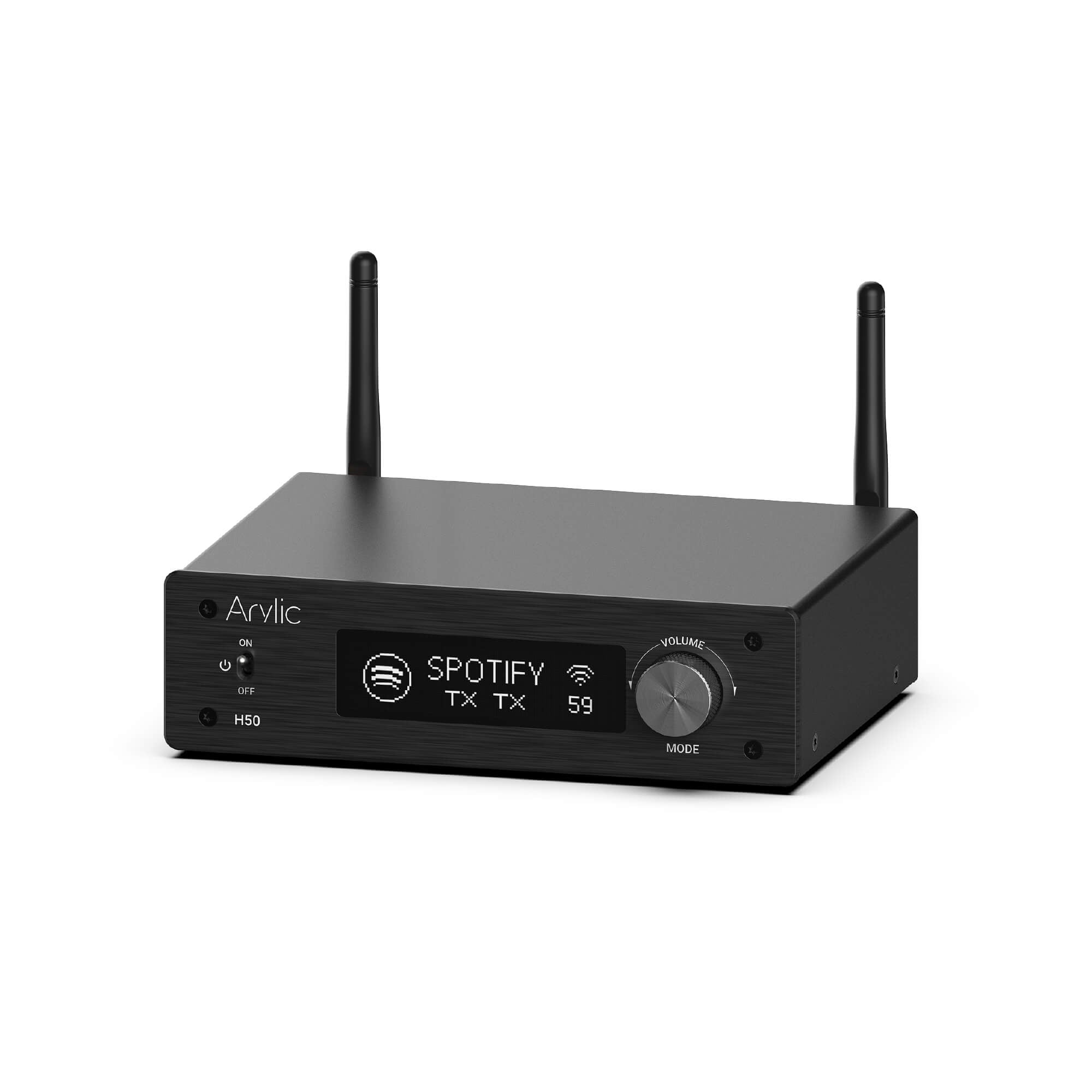
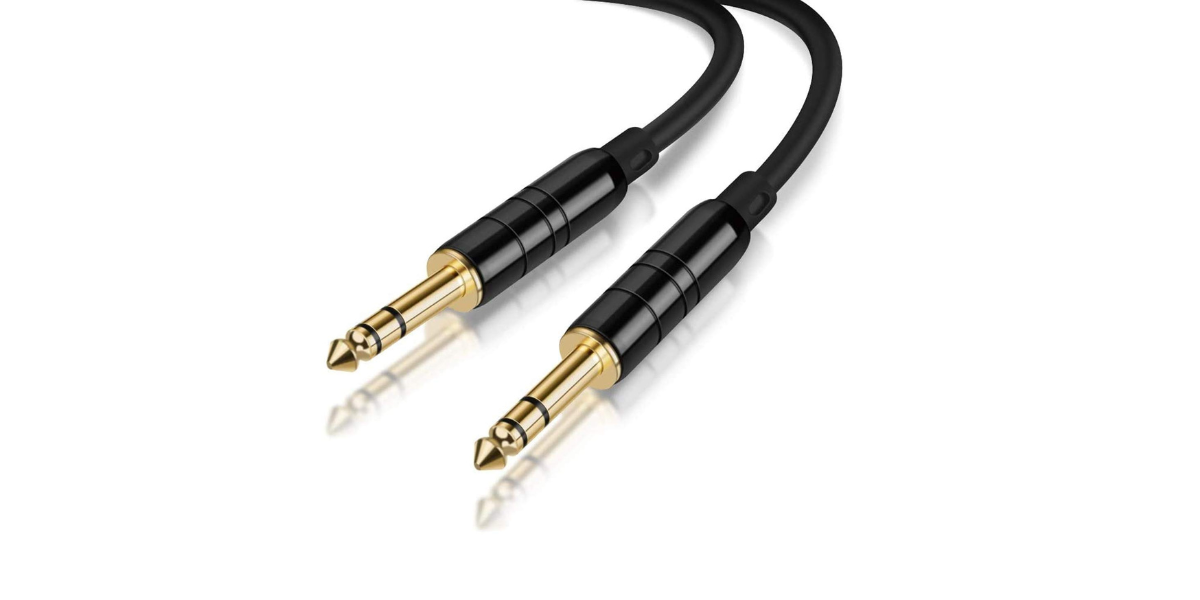


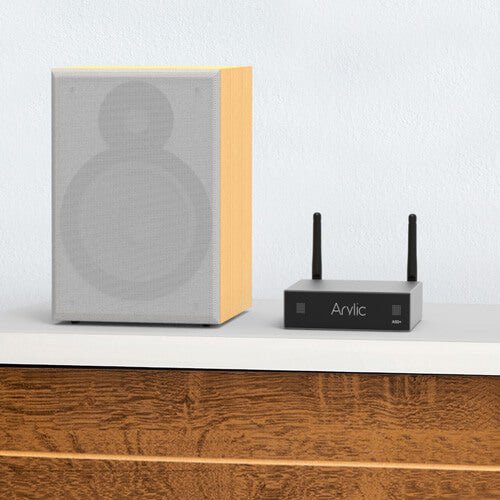
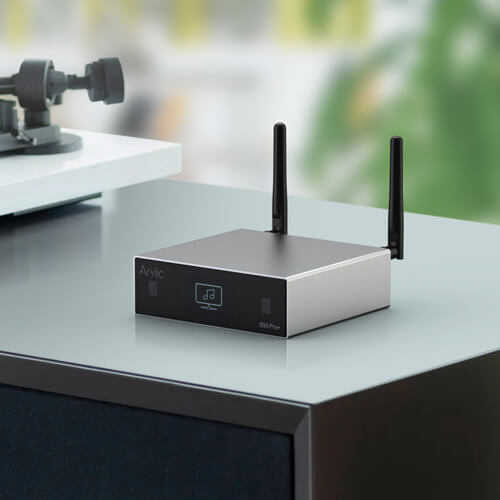
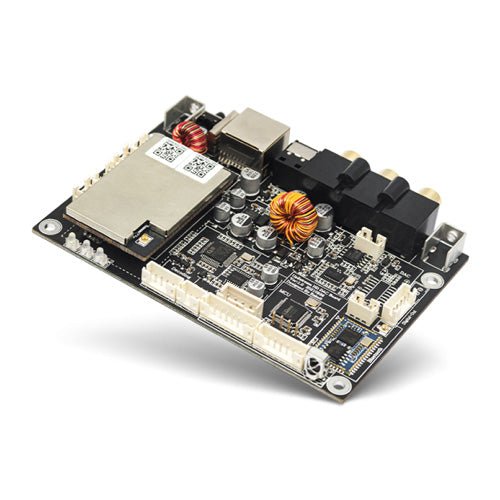
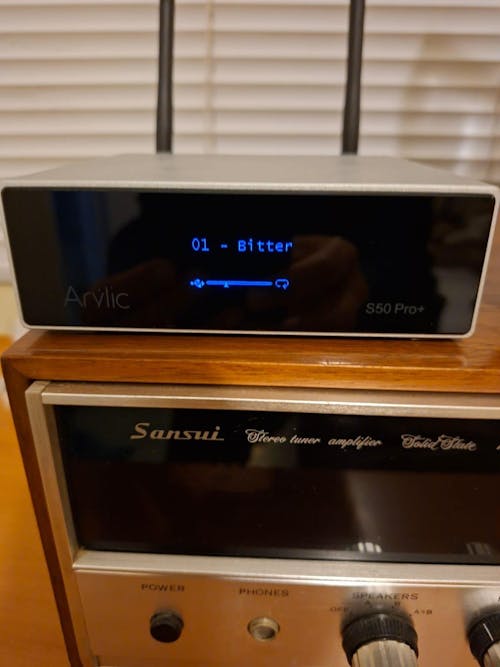
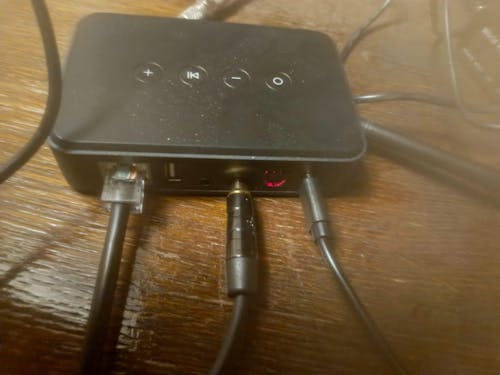
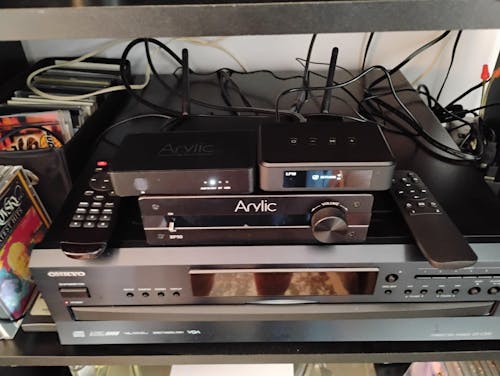

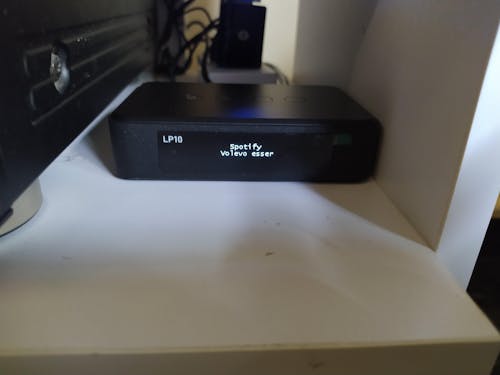

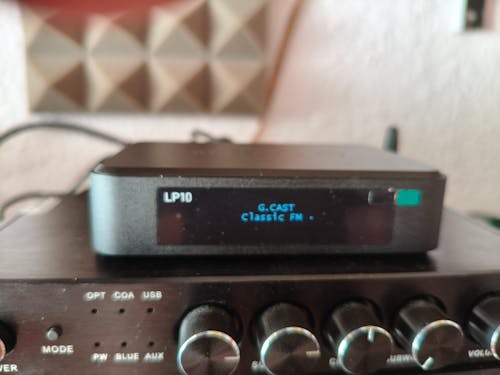

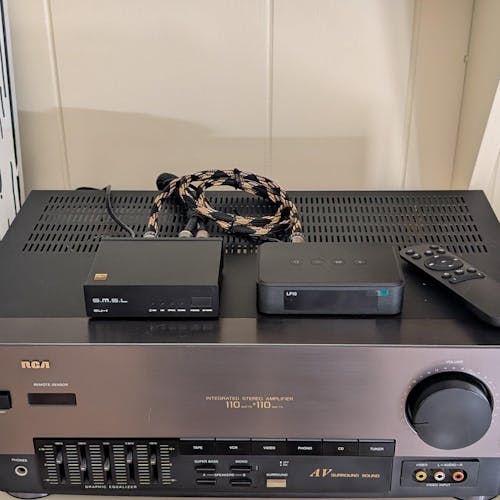
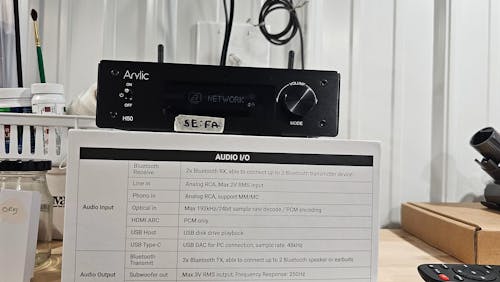
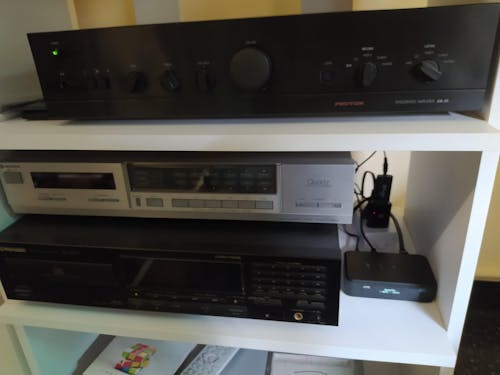
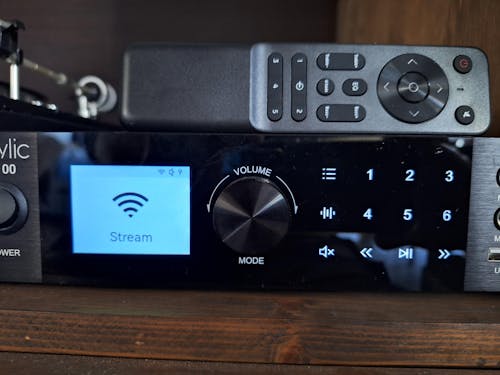
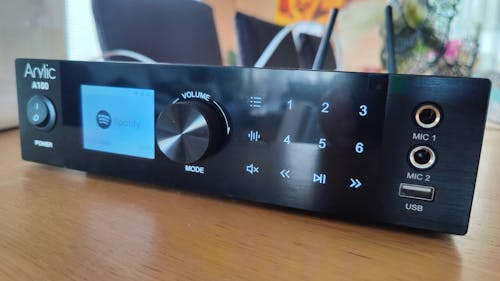

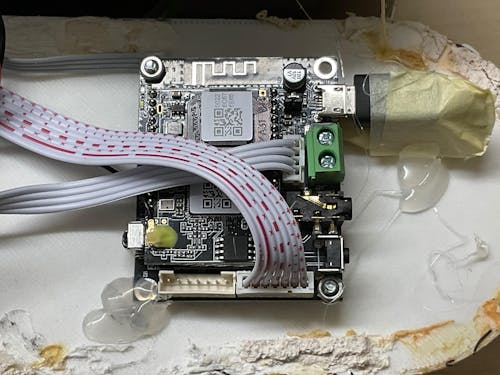
Leave a comment
All comments are moderated before being published.
This site is protected by hCaptcha and the hCaptcha Privacy Policy and Terms of Service apply.